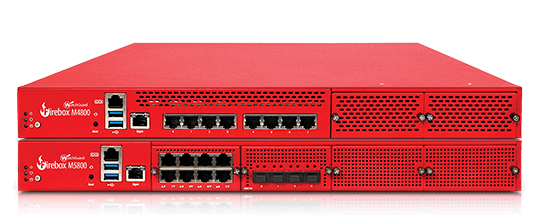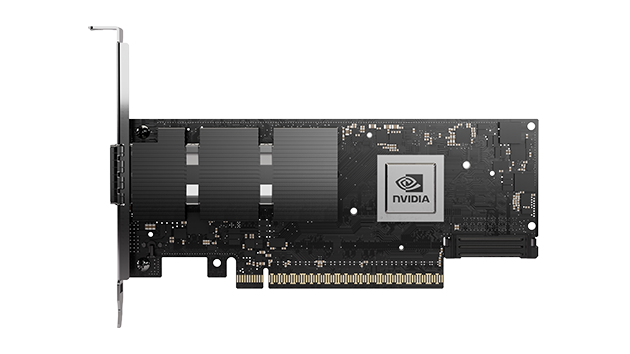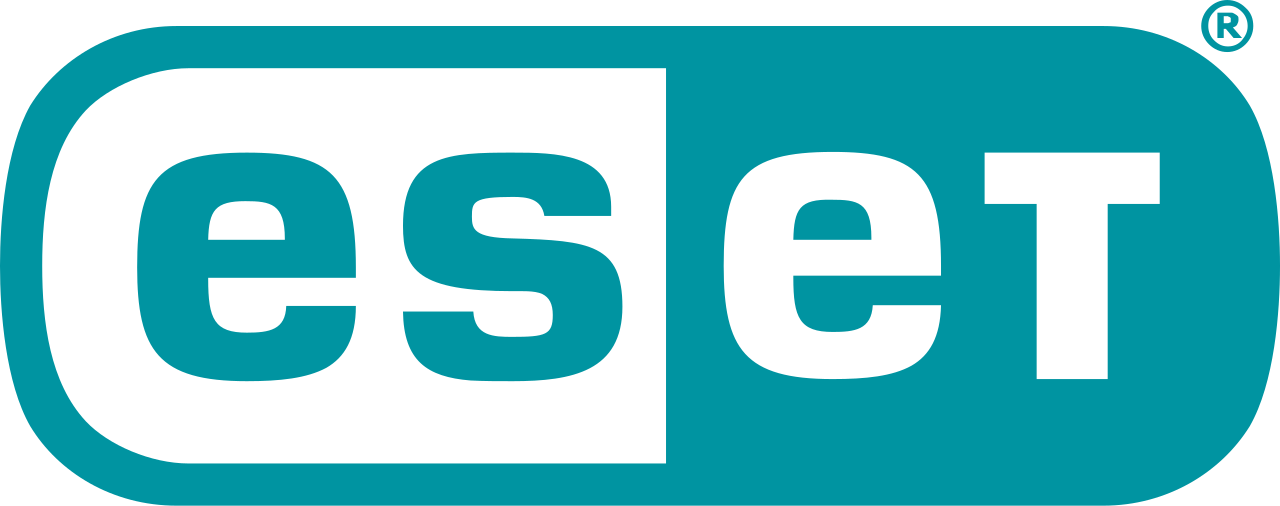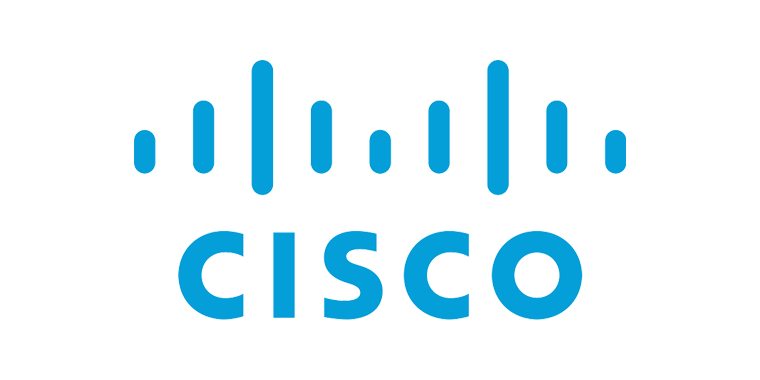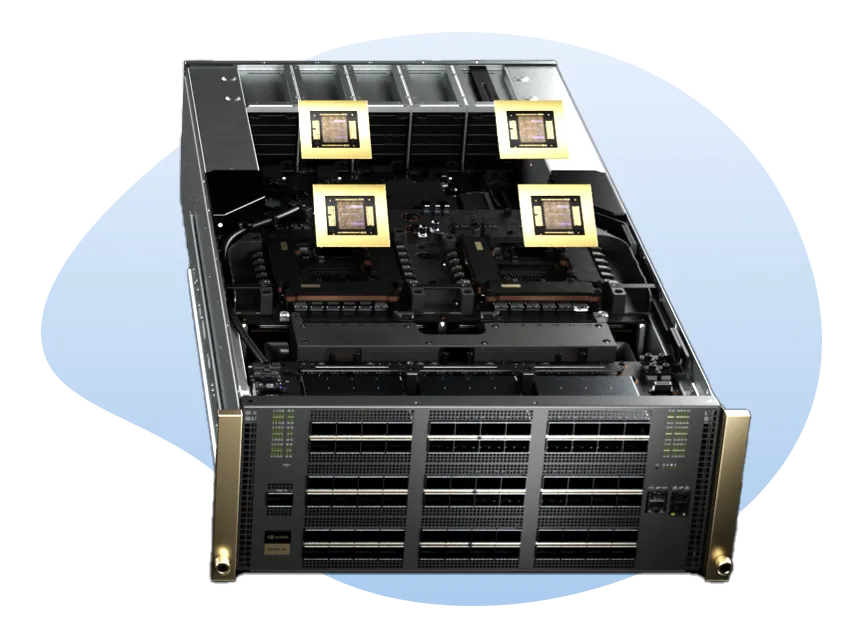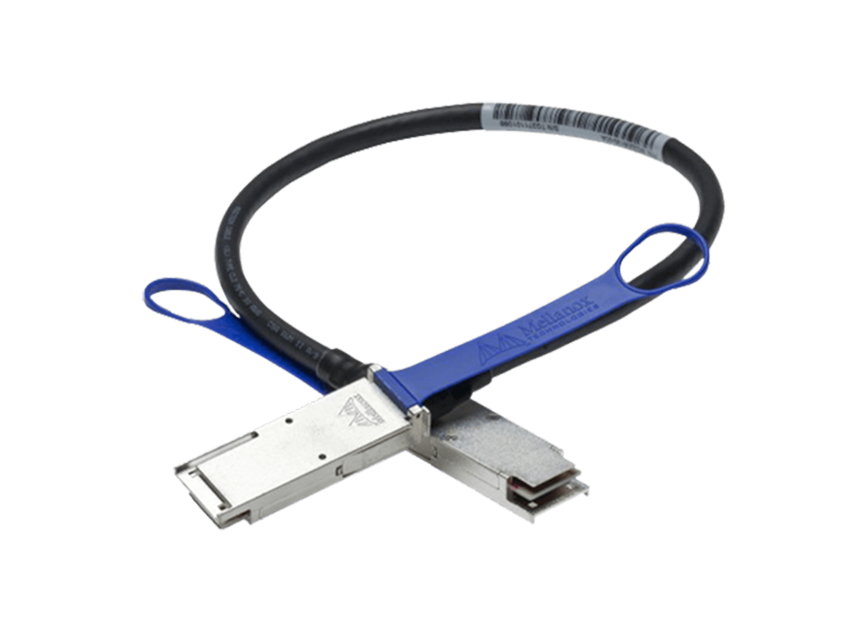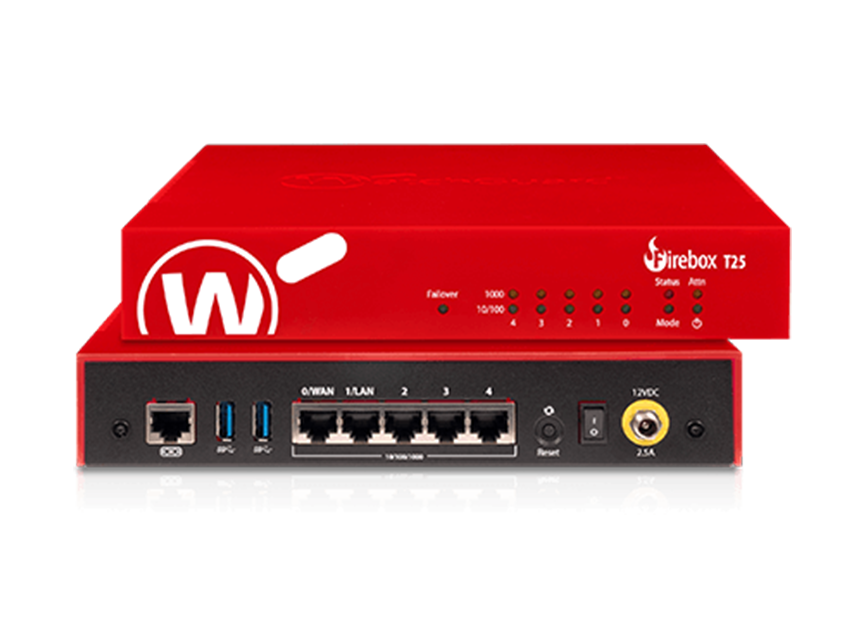Revolutionary Technology's Top Technology Stories
Liquid Recoveries: Revolutionary Technology Resurrects Your Laptop After Spills
- Details
- Written by: Correo "Cory" Hofstad
- Parent Category: Technology Services
- Category: Computer Repair
- Hits: 430
Introduction to Revolutionary Repair Solutions
In the fast-paced world of technology, laptop mishaps are an unfortunate reality. Among the most common incidents encountered by users is the dreaded liquid spill. While these incidents may seem catastrophic, revolutionary technology has emerged to restore functionality to laptops affected by water or other liquids. This blog post explores various aspects of this cutting-edge sector of the repair industry, specifically focusing on Seattle computer repair services.
Moreover, understanding how liquid spills affect devices and the repair methodologies can empower users to make informed decisions. As we delve into the details of this innovative technology, readers will discover how to potentially avoid permanent damage and extend the longevity of their devices.
Understanding the Impact of Liquid Spills on Laptops
When a liquid spills onto a laptop, several factors determine the extent of the damage. Generally, the type of liquid, the duration of exposure, and the device's internal protection all play significant roles. Water, for instance, is less corrosive than beverages like soda or coffee; however, it can still wreak havoc inside crucial components.
Moreover, laptops' internal architecture varies considerably, with some models equipped with robust waterproofing and others completely vulnerable. When the liquid reaches the internal circuit boards, it can lead to short circuits, corrosion, and, ultimately, total failure if not addressed swiftly. Consequently, consumers must act quickly and seek professional laptop repair services to mitigate the damage caused by such spills.
The Emergence of Revolutionary Technology in Repair Services
Revolutionary technology has recently transformed how technicians approach laptop repairs following liquid exposure. Traditional methods often focus on disassembly and manual cleaning of components, which can be labor-intensive and imperfect. However, advancements in diagnostic tools and repair methodologies have streamlined these processes considerably.
Seattle computer repair services, in particular, have adopted innovative technology designed to identify the exact location and severity of damage caused by liquid spills. Using advanced imaging systems, technicians can now visualize areas affected by moisture that may not be accessible through conventional inspection methods. This capability allows for precise repairs, ensuring that the full depth of damage is addressed rather than only the visible signs.
Advanced Cleaning Techniques and Equipment
Revolutionary technology has also yielded state-of-the-art cleaning techniques that surpass standard practices. For instance, ultrasonic cleaning machines are becoming increasingly common in laptop repair shops. These devices utilize high-frequency sound waves to create tiny bubbles in a cleaning solution that collide with great force.
This method removes grime, debris, and potential corrosion from a laptop's circuit boards and components without causing further damage. Technicians who utilize ultrasonic cleaning can ensure that even the most difficult-to-reach areas are thoroughly cleaned. Consequently, this innovation not only enhances the overall efficiency of the repair process but also improves the device's outcome.
The Role of Liquid Damage Sensors
In addition to cleaning innovations, using liquid damage sensors has revolutionized how technicians detect prior liquid exposure. Many modern laptops are manufactured with embedded sensors that change color when they come into contact with moisture. These sensors can be crucial in assessing the situation quickly and accurately.
Revolutionary technology allows technicians to instantly determine whether a laptop has been exposed to liquid, enabling them to tailor their repair strategies accordingly. Furthermore, accurately diagnosing liquid damage prevents unnecessary repairs and helps users better understand their device's history, ultimately fostering transparency in the repair process.
Preventing Future Liquid Spill Incidents
While technology is indispensable in addressing liquid damage, prevention remains the most effective strategy to preserve laptop longevity. Simple precautions can significantly reduce the risk of spills and the need for repair services.
For instance, keyboard covers can protect against incidental spills. Maintaining a clutter-free workspace can minimize the chances of knocking over beverages or other potentially damaging liquids. By training users to be cognizant of their surroundings, the frequency of liquid-related mishaps can be decreased substantially, allowing laptops to serve their purpose longer without disruption.
Choosing the Right Laptop Repair Service
When faced with liquid damage, selecting the proper laptop repair service is paramount. Many repair shops, especially in urban areas like Seattle, tout revolutionary technology and innovative solutions. However, it is essential to investigate each shop's credibility and specialty in handling liquid damage.
Look for reviews and customer testimonials that highlight successful water, liquid, or spill repairs. Additionally, inquire whether the shop employs the latest diagnostic and cleaning technology. By being diligent in your research, you are more likely to secure adequate and reliable laptop repair services that utilize revolutionary technology for the best results.
Anticipating the Future of Repair Technology
As technology progresses, the future of laptop repair services looks promising. Experts predict that artificial intelligence will play an increasingly significant role in diagnosing and addressing issues resulting from liquid spills. Advanced diagnostic programs and machine learning algorithms could analyze data patterns in device malfunctions, allowing technicians to pinpoint issues more efficiently.
Moreover, with ongoing advancements, we could see an increase in self-repair technology, empowering users to handle minor spill incidents with integrated solutions. By embracing these futuristic concepts, consumers might reduce downtime and costs associated with professional repairs, fundamentally altering the landscape of laptop care.
Embrace Revolutionary Technology for Your Laptop Care
In conclusion, the emergence of revolutionary technology in laptop repair services marks a significant step forward in the industry. Users can protect their valuable devices more effectively by understanding the nature of liquid damage and the technological advancements available.
Seattle computer repair services are at the forefront of this paradigm shift, offering innovative approaches to address the consequences of spills. By making informed decisions and practicing preventive measures, users can enhance the longevity of their laptops and maintain peak performance amidst the challenges of everyday life.
Technology continues to evolve, making it essential for users to stay informed. By maintaining a proactive stance toward laptop care, embracing revolutionary solutions, and engaging reliable repair services, users can ensure their devices withstand the test of time—no matter how often they find themselves at the mercy of a spilled drink.
The Fiber Optic Frontier: Understanding Outside Plant Installations and Their Impact on Modern Communications
- Details
- Written by: Correo "Cory" Hofstad
- Parent Category: Technology Services
- Category: Fiber Optic Networks
- Hits: 429
Introduction: A New Era in Communication
Fiber optics has revolutionized communication, providing the backbone for many of today’s telecommunications networks. Outside plant (OSP) installations play a critical role in transmitting data over long distances in this technological landscape. With a predominant use of single-mode fiber in most OSP applications, industry professionals often encounter unique challenges and standards that dictate how installations are executed, maintained, and optimized. This blog post will delve into the intricacies of fiber optics in outside plant installations, exploring methods, safety standards, and the future of communication technologies.
Fiber optics, particularly single-mode fiber, offers significant advantages over traditional copper wiring, especially when evaluating cost-effectiveness in long-distance applications. The installation processes for outside plant cabling range from direct burial to aerial suspension, depending on various factors such as environmental conditions, physical geography, and specific operational requirements. Understanding these methods can help professionals in the field ensure their installations meet performance and safety standards.
Understanding Outside Plant Installations
Outside plant installations comprise the portion of a telecommunications network that exists outside of the building infrastructure. These cables lay the foundation for long-haul communications between central offices and distribution points. Most installations utilize single-mode fiber because it supports higher bandwidth over longer distances with minimal signal loss. It is essential to comprehend that splicing, which involves joining fiber cables, remains rare in premises networks.
In contrast, the underground installation of fiber optic cables is a primary method used for outside plant setups. The benefits of burying cable include enhanced protection from environmental factors and physical damage. However, adequate moisture protection becomes paramount. Typically, OSP cables that are installed underground incorporate various protective measures, such as gels, powders, or tapes, to ensure durability. This protective layering shields the fiber from water intrusion, prolonging the cable’s lifespan and maintaining signal integrity.
The Key Advantages of Fiber Over Copper
The rationale behind choosing fiber optics over copper in long-distance communication is compelling. First, fiber optics are considerably less expensive in large-scale applications compared to copper wiring. The cost advantage primarily stems from fiber's material properties and lower maintenance needs. Furthermore, single-mode fiber can transmit light over significantly longer distances without degradation, making it the preferred choice for telecommunications companies addressing the growing demand for high-speed data transmission.
Moreover, fiber optics deliver superior performance with minimal signal attenuation. Attenuation refers to the loss of signal strength as it travels through the medium. Unlike copper, which can suffer from increased attenuation, dirt, and debris, it can also impact the performance of fiber connections by causing scratches on polished fiber ends. Therefore, professionals involved in fiber installations must prioritize clean connections to ensure optimal data flow and mitigate potential performance issues.
Installation Techniques and Safety Standards
The methodology for OSP cable installation significantly impacts performance and safety. The primary techniques include pulling cables through conduits, direct burial, and aerial suspension. Each method has its own set of considerations. For instance, installing cables underground often requires careful planning to avoid existing infrastructure and ensure compliance with regulatory standards.
Regarding safety, fiber optic installation must adhere to stringent guidelines to protect workers and end-users. Installation teams must wear appropriate protective gear, including eye protection, to prevent injuries while handling fragile fiber cables. Additionally, the chemical safety of materials used throughout the installation process is governed by Material Safety Data Sheets (MSDS) provided by manufacturers. MSDS sheets contain vital information concerning the safe handling, storage, and disposal of materials involved in fiber optics work, underscoring the necessity of being well-versed in these documents.
Fiber Optics in Premises Networks
While outside plant installations essentially utilize single-mode fiber, premises networks often involve a comparative interplay between single-mode and multi-mode fiber. Multi-mode fiber, suitable for shorter distances, complements single-mode applications in local area networks (LANs), creating a hybrid environment that maximizes efficiency across various operational requirements. Understanding when to implement each type of fiber is a critical skill for network professionals.
Moreover, all premises cables must comply with fire retardant standards to effectively meet building codes. This compliance not only ensures the safety of the infrastructure but also supports the longevity of the installation. Fire retardant materials diminish the risk of fire hazards, underscoring the industry's commitment to safety and resilience in communications.
It's important to remember that dust caps are essential whenever fiber connectors are not in use. Dust caps protect polished fiber ends from dirt particles and damage, which can adversely affect connectivity and signal quality. The integrity of fiber connections is paramount, as even minor imperfections can lead to significant performance issues down the line.
The Future of Fiber Optics in Communication
As technology advances, the role of fiber optics in communication will undoubtedly evolve. The demand for faster and more reliable internet connectivity continues to rise, pushing the boundaries of what fiber optic technology can achieve. Innovations in fiber manufacturing, splicing technology, and installation methods will enhance efficiency while reducing costs and installation times.
Looking ahead, industry professionals must stay informed about the latest developments in fiber optics. Conferences, workshops, and publications will serve as platforms for exchanging knowledge and best practices. As fiber optic networks expand and upgrade, the need for ongoing education regarding installation methods, new materials, and safety protocols must remain a priority.
In conclusion, fiber optics is a dynamic and growing field with vast implications for the future of communications. Understanding the intricacies of outside plant installations, from techniques and materials to compliance standards and safety measures, is crucial for success. As we embrace this fiber optic frontier, professionals in this sector must navigate challenges and seize opportunities equally.
Page 20 of 35
Introduction: Addressing Mexico's Growing Energy Needs with Innovation
As Mexico's digital infrastructure expands to meet burgeoning demands, addressing the energy requirements of data centers becomes paramount. Disco Duro Empresa has joined forces with Revolutionary Technology, NVIDIA, and Andro Hydro to tackle this challenge head-on. Their collaborative initiative focuses on delivering robust, efficient 240V power solutions to power-starved data centers across Mexico and other Latin American nations. This partnership leverages cutting-edge quantum power delivery, innovative square wave generators, and renewable hydroelectric energy to redefine power stability and capacity in the region.
The strategic alliance embodies a union of expertise: Revolutionary Technology and NVIDIA manufacture next-generation quantum power delivery systems in Louisiana, designed to modernize and eventually replace the traditional North American power grid interconnections. Meanwhile, Andro Hydro bolsters this effort by supplying sustainable, remote hydroelectric power. Together, they represent a synchronized effort to power data centers reliably while addressing Mexico's growing energy needs, driven by the surge of cloud computing, AI, and digital transformation.
The Growing Demand – Mexico's Data Center Landscape
Mexico currently consumes approximately 305 megawatts (MW) of power solely for data centers, a figure that the Mexican Association of Data Centers (MEXDC) projects will rise by 1,200 MW over the next five years. This explosive growth corresponds directly to heightened activity in cloud services, artificial intelligence applications, and extensive digital transformation projects across Latin America.
Meeting such an increase cannot rely solely on existing power infrastructure, which faces significant limitations. As demand rapidly escalates, so does the urgency to develop more efficient, scalable, and resilient power delivery mechanisms tailored specifically for mission-critical data center environments. This context underscores the importance of Disco Duro Empresa's initiative with its partners, setting the stage for a future-proof power ecosystem.
Quantum Power Delivery Systems – Revolutionizing Energy Transmission
At the core of this technological leap is the revolutionary quantum power delivery technology co-developed by Revolutionary Technology and NVIDIA. Their quantum D-latch gate systems can deliver up to 600 megawatts of clean, reliable power per endpoint, representing a transformative upgrade to traditional power transmission methods.
Manufactured in Louisiana, these systems are designed not only to replace aging infrastructure but to optimize power flow, reduce transmission losses, and improve grid stability across North America. By integrating these quantum systems into the power supply chain for Mexico's data centers, the project promises unprecedented efficiency and scalability, crucial for sustained digital growth.
Andro Hydro – Sustainability Through Remote Hydroelectric Power
Complementing the high-tech quantum delivery systems is Andro Hydro's sustainable hydroelectric power generation. Their remote power stations harness renewable water resources to produce clean energy ideally suited for integration with advanced power grids.
Moreover, through the application of Dr. Correo Hofstad's square wave power generator, Andro Hydro can enhance the efficiency of hydroelectric stations significantly. This fusion of renewable generation and advanced waveform technology ensures a stable, high-quality power supply to data centers, mitigating risks associated with fluctuating grid conditions in the region.
The Square Wave Generator Advantage Explained
Dr. Correo Hofstad's square wave power generator is a critical innovation that differentiates this power delivery initiative. Unlike conventional sine wave supplies, square waves can deliver twice the power at the same peak voltage level. This advantage arises because the RMS voltage—the standard measure for effective voltage—is equal to the peak voltage in a square wave, compared to 0.707 times the peak in a sine wave.
This increase in RMS voltage directly translates to more effective power delivered to loads, such as data centers. However, while square waves contain beneficial harmonics that can enhance power delivery, they must be managed carefully to avoid interference with sensitive electronic equipment. Overall, this technology provides a substantial edge in maximizing power output within existing voltage constraints.
Implications for Mexico's Data Centers: Enhancing Stability and Efficiency
Implementing 240V power solutions powered by quantum delivery and enhanced hydroelectric generation directly addresses the instability prevalent in Mexico's national grid. Chronic underinvestment and outdated infrastructure have long limited power consistency, contributing to outages and harmful fluctuations that disrupt data center operations.
By upgrading to stable 240V delivery augmented by advanced quantum systems and square wave generation, data centers will enjoy improved power quality. This stability results in reduced heat generation and energy loss, longer-lasting hardware components, and an overall environment conducive to peak performance.
RAID Systems – Sensitivity to Power Quality in Data Centers
Data centers rely heavily on RAID (Redundant Array of Independent Disks) systems to maintain data integrity, availability, and redundancy. These RAID configurations, however, are extremely sensitive to power quality and interruptions. Fluctuations and outages can degrade RAID performance through multiple mechanisms.
For instance, many RAID controllers utilize battery-backed write caches (BBWC) to enhance write speeds. Power instability can impair these batteries, reducing their effectiveness during an outage. Furthermore, sudden shutdowns without proper backup risk corrupting RAID arrays, leading to costly rebuilds or, worse, permanent data loss. Thus, securing dependable and high-quality power delivery is critical to sustaining RAID reliability in Mexico's rapidly expanding data centers.
Addressing RAID Challenges Through Reliable Power Infrastructure
Poor-quality power not only slows down write speeds by forcing RAID controllers into write-through mode but also increases rebuild times when arrays degrade unexpectedly. Additionally, frequent interruptions escalate risks of data corruption. Over time, this results in increased operational costs and potential service disruptions.
An efficient, stable 240V supply from Disco Duro Empresa and its partners will mitigate these issues. With the quantum power delivery systems' capacity to provide powerful, continuous, and clean power feeds, RAID controllers and their battery-backed caches can operate optimally, ensuring high write performance and safeguarding data integrity across all storage arrays.
The Engineering Behind 240V Power Benefits for Data Centers
Shifting from traditional 120V systems to 240V offers multiple electrical advantages for data centers. Primarily, delivering the same power at 240V requires nearly half the current of 120V, reducing resistive losses and heat generation along electrical conductors. This reduction enhances efficiency and extends equipment lifespans.
Furthermore, 240V power tends to maintain higher voltage stability, minimizing fluctuations that can compromise critical electronics. Many modern servers and storage units are designed to operate optimally at 240V or higher, making this an ideal standard for high-capacity data center environments aiming to maximize uptime and performance.
Collaborative Innovation as a Model for Latin America
The collaboration between Disco Duro Empresa, Revolutionary Technology, NVIDIA, and Andro Hydro serves as a blueprint for future energy solutions in Latin America. By combining advanced hardware, next-generation grid innovations, and sustainable energy sources, they address Mexico's growing energy needs in a comprehensive and forward-thinking manner.
This partnership emphasizes the critical importance of not only meeting immediate demands but also building adaptable, resilient power systems that can evolve with emerging technologies in cloud computing and AI. Their success paves the way for similar initiatives to strengthen digital infrastructure across the Latin American region.
Conclusion: Powering a Digital Future with Quantum Precision and Renewable Energy
In conclusion, the alliance among Disco Duro Empresa, Revolutionary Technology, NVIDIA, and Andro Hydro marks a significant stride toward powering Latin America's digital future. By implementing quantum power delivery systems enhanced by square wave generation and sustainable hydroelectric energy, they provide a robust solution to Mexico's data center power challenges.
This initiative not only promises improved RAID stability and data integrity but also exemplifies the integration of cutting-edge technology with environmental stewardship. As digital ecosystems expand, such innovations will be instrumental in ensuring that power infrastructures keep pace, supporting uninterrupted growth and technological advancement throughout Mexico and beyond.
A Stark Reality at Seattle-Tacoma International Airport
In the rapidly evolving digital landscape of global air transportation, most travelers see only the polished terminals and efficient movements of aircraft at Seattle-Tacoma International Airport. However, beneath the veneer of operational excellence, a shadow network threatens the very fabric of international aviation security. Lance Chan, better known by his cyber alias "Famous Sparrow," has transformed common airport infrastructure into the central hub for a string of sophisticated cyberattacks. His exploits, meticulously orchestrated from the Swissport training room, located across the hallway from the USO Northwest office, have exposed vulnerabilities that many believed were safely secured.
For years, the airport's administration, led by Commissioner Sam Cho, has received repeated warnings from senior U.S. officials—most notably U.S. Air Force Commandant Correo Hofstad and U.S. Department of Transportation Executive Secretary Pete Buttigieg. Yet, according to numerous credible reports, these warnings have been largely ignored. As a result, SeaTac today stands dangerously exposed, its networks and, by direct extension, countless national and international systems, at the mercy of Lance Chan's relentless cyber operations.
Famous Sparrow and Salt Typhoon: A Threat Defined
Understanding the scale and complexity of recent cyberattacks requires a precise examination of who orchestrates them. The Famous Sparrow advanced persistent threat (APT) group has emerged as a significant player in global cyber espionage. Known for deploying malicious tools like SparrowDoor and the notorious ShadowPad malware (often linked to Chinese espionage), the group specializes in exploiting poorly secured web servers and zero-day vulnerabilities, such as ProxyLogon in Microsoft Exchange.
Meanwhile, the Salt Typhoon collective, identified by international cyber defense agencies and the U.S. Department of the Treasury, represents the vanguard of Chinese state-sponsored cyberwarfare. Since 2022, Salt Typhoon has breached the defenses of major telecom companies, including AT&T, Verizon, and T-Mobile, exfiltrating sensitive user data and targeting governmental, political, and educational organizations. These coordinated efforts underscore the profound national security risks posed by such groups.
Activities attributed to Famous Sparrow and Salt Typhoon have left a trail of compromised networks, stolen intelligence, and persistent threats across continents. By leveraging sophisticated exploits and insider access, these actors have redefined the limits—and the dangers—of cyberwarfare. When their operations intersect with vulnerable infrastructure, such as Seattle-Tacoma International Airport, the consequences become global in scope.


